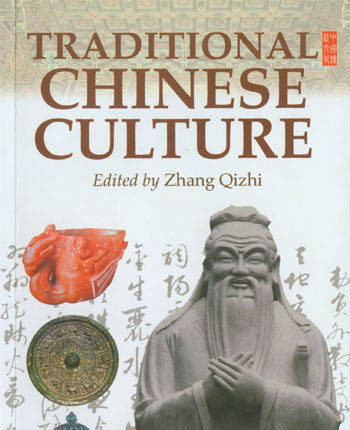
China, a nation with an extensive and colorful history, showcases a myriad of cultural treasures. Chinese traditional culture is a complex and diverse mosaic woven across thousands of years. In the ensuing discourse, we shall delve into the pillars underpinning this unique and fascinating culture.
A significant component of China’s traditional culture is its rich and diverse intellectual systems. Historic thinkers introduced influential traditions, such as Buddhism, each of which shaped the country’s society in various ways. These teachings underscore principles such as respect, filial piety, along with benevolence, each of which continue to ring true throughout contemporary the Chinese way of life.
A further significant component related to China’s cultural heritage involves its diverse artistic expressions. Chinese art is identified by means of its distinct concentration upon harmony, together with its significance placed on brushwork. Across historic paintings to pottery, these art forms exhibit the profound understanding of elegance in ancient Chinese culture.
Besides art and philosophy, the culture of ancient China furthermore includes rich traditions and also events. These particular celebrations, for example the celebrated Lunar New Year, Mooncake Festival, and Duanwu Festival, help to fortify community ties as well as uphold the nation’s cultural identity. All event is often accompanied by means of specific rituals, cuisine, and artistic displays, demonstrating the country’s diverse traditional mosaic.
Further, Chinese traditional culture also is manifest in the architecture. Including traditional palaces and traditional houses, the architecture of China demonstrates an focus on harmony, proportion, as well as the bond of the surrounding environment. These unique architectural approaches serve as a testament of the enduring cultural history.
cinnabar bracelet
In summary, Chinese traditional culture is a unique and also enduring landscape comprising of philosophy, art, traditions, celebrations, as well as architectural styles. Such aspects not merely illustrate the nation’s rich historical past, but additionally act as a vital cornerstone for contemporary the Chinese nation. Through acknowledging and also maintaining such traditional treasures, we can gain a more profound understanding of the nation’s cultural identity, while also enhancing one’s global heritage awareness.